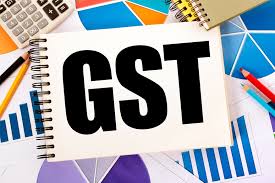CBIC tells officials to help boost Nov GST collections
The indirect tax authority urged senior officials to guide field officers to gently remind all taxpayers to file returns and deposit the due tax amount in time, a person familiar with the development said. In the latter half of every month, taxes for transactions in the previous month are collected in a staggered way.
Central and state governments collected ₹1.3 trillion in GST in October, a 24% improvement from a year ago. October GST collection is also a 36% improvement from the same month in FY20, the period before the covid pandemic. However, October is when many small businesses file quarterly returns and clear dues.\
CBIC has told officials that the November collection could improve on the receipts in October with a little bit of effort.
Going by e-way bill data available with GSTN, the company that processes GST returns, the November GST receipt is on course for scaling a record high level. In October, 73.5 million e-way bills were generated for the transportation of goods within and across states. This is an all-time high since the tax reform, indicating that consumption received a boost in the month, which could be reflected in November’s tax collection. In March, it was 71.2 million, which helped record collections in April.
However, policymakers are exploring ways of shoring up revenue receipts with structural changes in GST, given that the tax base has eroded after the tax reform due to successive rate cuts. The move would aid both central and state governments that badly need revenue to meet the higher spending requirements during the pandemic.
One key challenge for the revenue authority is the possibility of the revenue buoyancy seen in the festive season tapering off in the coming months. With technology and extensive data analysis, the tax administration is trying to improve compliance and check instances of fake invoicing. The improvements in sales and indirect tax compliance could rub off on direct tax collections, too.
Source:https://www.livemint.com/news/india/cbic-tells-officials-to-help-boost-november-gst-collections-11637915181715.html
Download our App to get knowledge updates: https://play.google.com/store/apps/details?id=com.app.gstmitra
Join Our Telegram Channel for more updates:https://t.me/praveengst



Comments
Post a Comment